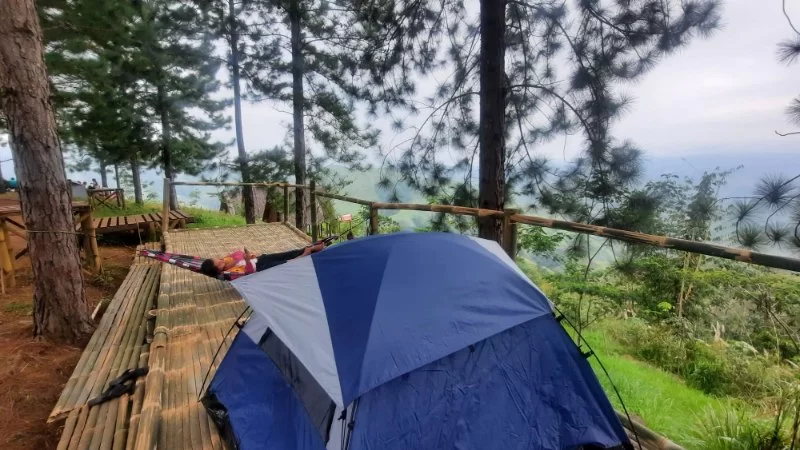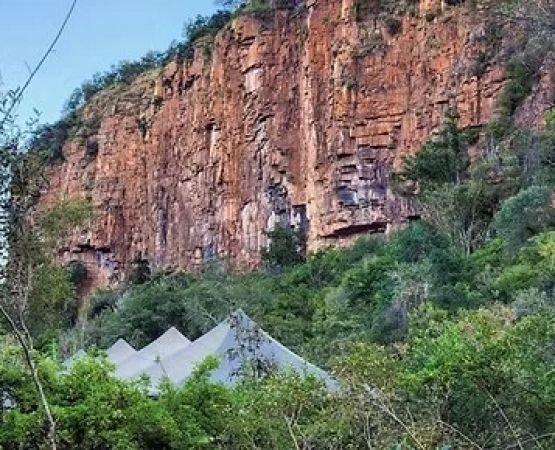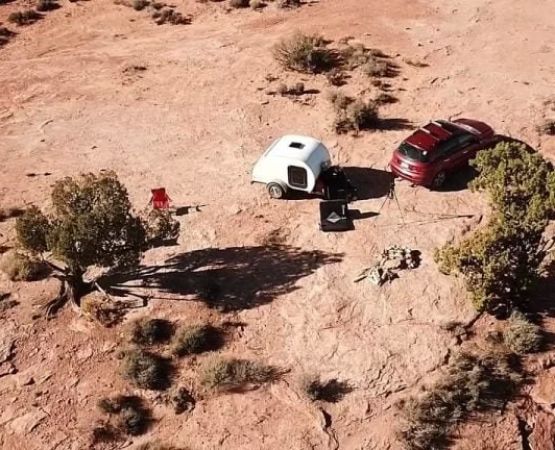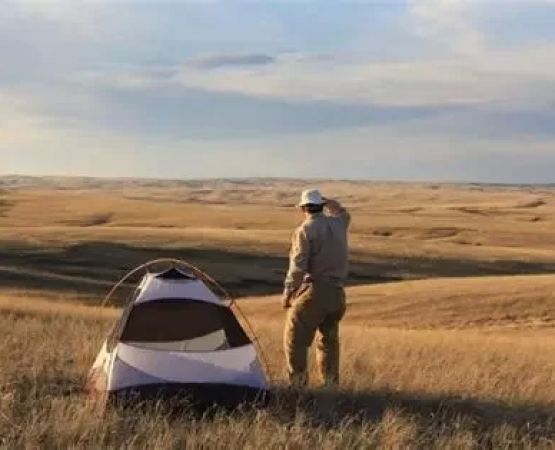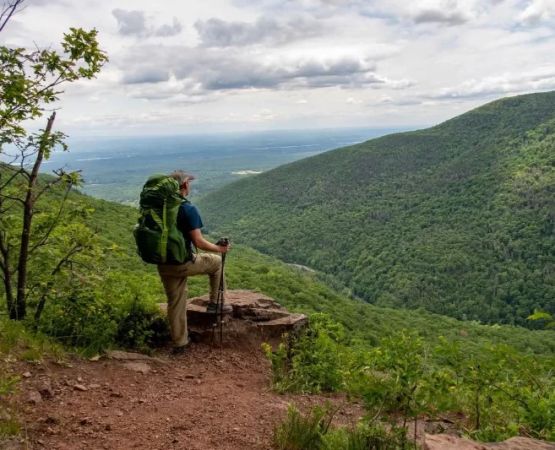- 1-Understanding-the-Escarpment-Ridge-Terrains
- 2-Planning-Your-Camping-Route
- 3-Essential-Gear-for-Terrace-Camping
- 4-Weather-Preparation-and-Safety
- 5-Best-Times-and-Seasons-to-Camp
- 6-Real-Stories-from-Escarpment-Ridge-Campers
- 7-How-Pine-Cliff-Resort-Enhances-Your-Camping-Experience
1. Understanding the Escarpment Ridge Terrains
Camping in Escarpment Ridge Terraces offers a rare blend of elevation, dramatic landscapes, and tranquility. The terrain is shaped by layers of sedimentary rock that create natural steps along the ridge, giving campers breathtaking views and secluded spots to set up camp. Learning how to camp in Escarpment Ridge Terraces begins with understanding its terrain—uneven, sloped, and often rocky. These terraces are not your typical flat campsites; they require thoughtful placement of tents, careful route planning, and respect for nature’s raw beauty.
The ridge’s elevation means cooler temperatures and stronger winds than surrounding valleys. Water sources can be scarce, so knowing where to find streams or preplanning hydration supplies is essential for a safe and comfortable stay.
2. Planning Your Camping Route
2.1 Route selection and mapping
Before setting out, study topographic maps to identify the safest paths and terrace levels suitable for camping. Many campers underestimate how quickly elevation changes can impact stamina, so pacing your ascent is crucial. Plan rest points along natural ledges and plateaus to avoid fatigue and reduce the risk of injury.
2.2 Permit and access points
Several sections of Escarpment Ridge fall within protected park zones. Check local ranger stations for access regulations and camping permits. Having these details in advance ensures that your adventure aligns with conservation efforts and safety standards.
2.3 Emergency communication
Because cell service can be unreliable along the ridge, always carry a satellite phone or radio. Mark potential exit points on your route in case of bad weather or medical emergencies. Seasoned climbers recommend sharing your itinerary with friends or park rangers before departure.
3. Essential Gear for Terrace Camping
3.1 Terrain-ready tents and sleep systems
Given the uneven terrain of the terraces, a lightweight but durable tent with adjustable guylines is a must. Look for models with reinforced poles and wind-resistant design. Pair with an insulated sleeping pad that can stabilize on sloped ground. Many experienced campers suggest carrying compact trekking poles to balance while pitching the tent.
3.2 Cooking and hydration setup
Due to the ridge’s isolation, plan for self-sufficient meals. A portable gas stove and dehydrated food packets are practical options. Bring collapsible water containers and a filtration system to utilize nearby streams responsibly. Hydration is a key factor when learning how to camp in Escarpment Ridge Terraces effectively.
3.3 Clothing and layering
Mountain weather is unpredictable. Pack moisture-wicking base layers, an insulating fleece, and a windproof shell. Temperatures drop rapidly after sunset, especially at higher terraces, so thermal wear is highly recommended.
4. Weather Preparation and Safety
4.1 Monitoring mountain weather
Mountain conditions can change within minutes. Check forecasts from reliable mountain weather services before heading out. Cloud buildup over the ridge often signals incoming rain or gusts. Always have rain gear easily accessible rather than buried deep in your pack.
4.2 Fire and wildlife safety
Fire restrictions may apply due to the risk of dry winds. If campfires are allowed, use fire rings and extinguish flames completely before sleeping. Keep food sealed in airtight containers and stored away from your sleeping area to avoid attracting wildlife.
4.3 Emergency preparedness
Carry a comprehensive first aid kit including blister care, altitude sickness tablets, and water purification tablets. Being prepared not only enhances safety but also builds confidence while navigating the ridge’s rugged beauty.
5. Best Times and Seasons to Camp
The best months for camping on Escarpment Ridge Terraces are late spring and early autumn. During these periods, the climate is mild, wildflowers are in bloom, and the trails are less crowded. Summer can bring intense sunlight and dehydration risks, while winter poses icy conditions and high winds. Plan your trip around sunrise or sunset hours to experience the ridge’s famous golden glow across its terraces—a view that many travelers describe as life-changing.
6. Real Stories from Escarpment Ridge Campers
Take Sarah’s experience, a seasoned backpacker who tackled the ridge last fall. Her group underestimated the wind exposure and ended up learning how crucial proper tent anchoring is on the terraces. In her words, “The views made every challenge worth it—waking up above the clouds felt unreal.” Another camper, Mark, shared how an unexpected fog turned his morning yoga session into a spiritual experience, surrounded by mist and silence. Stories like these capture the magic and unpredictability of Escarpment Ridge.
7. How Pine Cliff Resort Enhances Your Camping Experience
For those seeking guidance or comfort before venturing into the ridge, Pine Cliff Resort offers curated packages for campers of all levels. From rental gear suited for mountainous terrain to guided day hikes and safety workshops, the resort prepares adventurers for every challenge. Whether you’re exploring independently or joining a small group retreat, Pine Cliff Resort connects you with nature while ensuring a safe and memorable experience.
If you’re planning your first trip and want to learn how to camp in Escarpment Ridge Terraces confidently, start your preparation with Pine Cliff Resort’s expert recommendations. You’ll discover not just where to camp—but how to truly experience the ridge in harmony with its natural rhythm.

